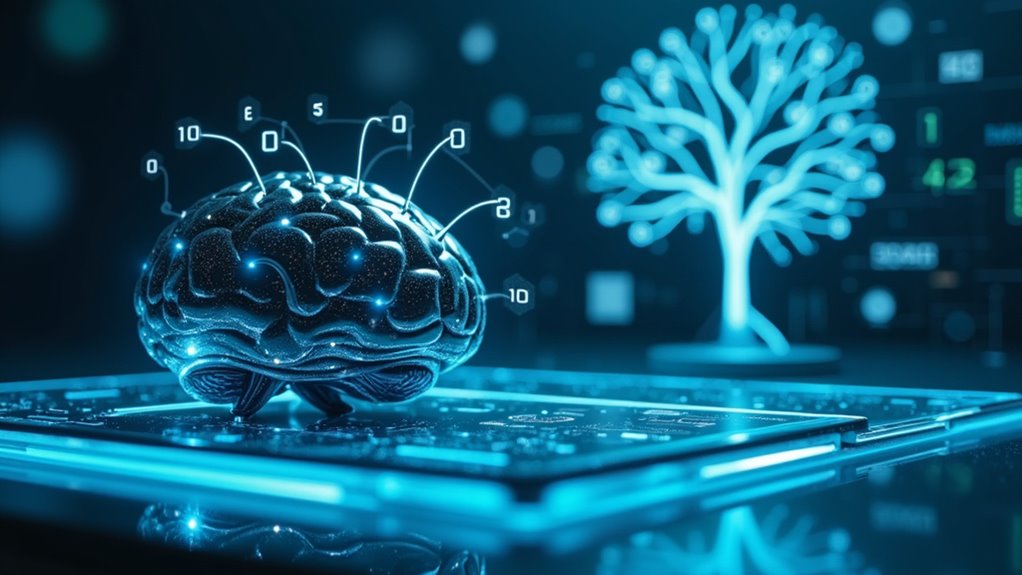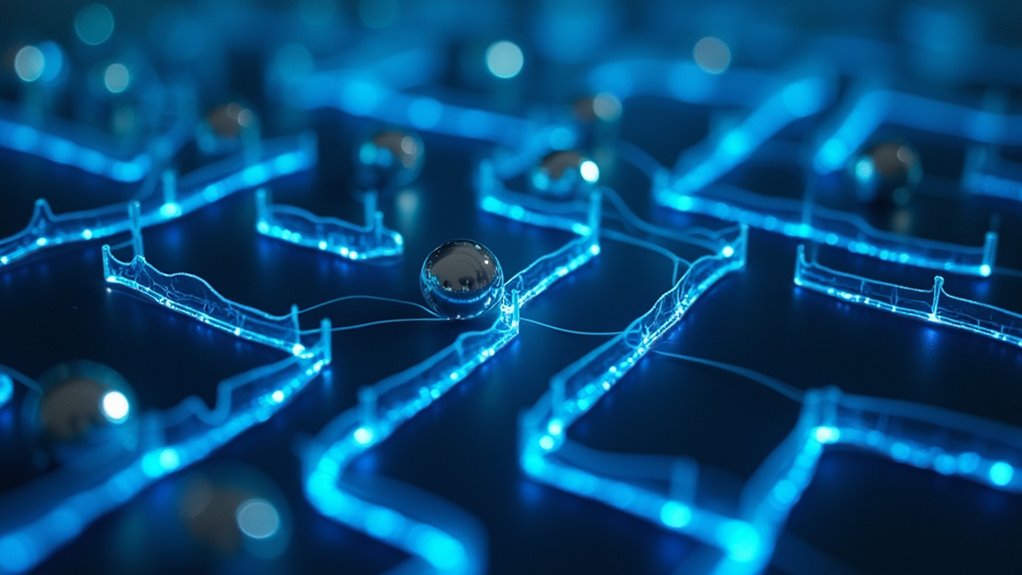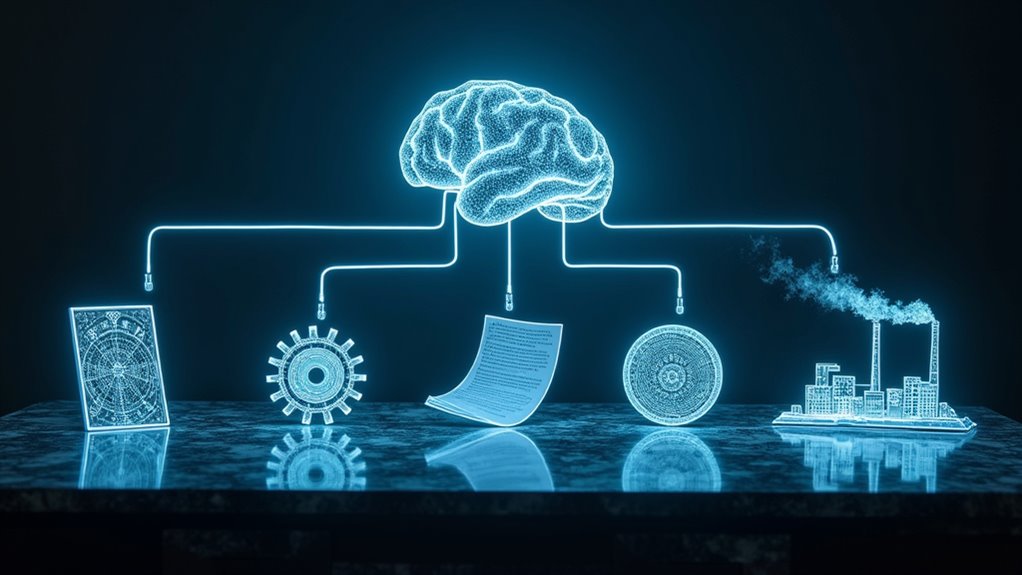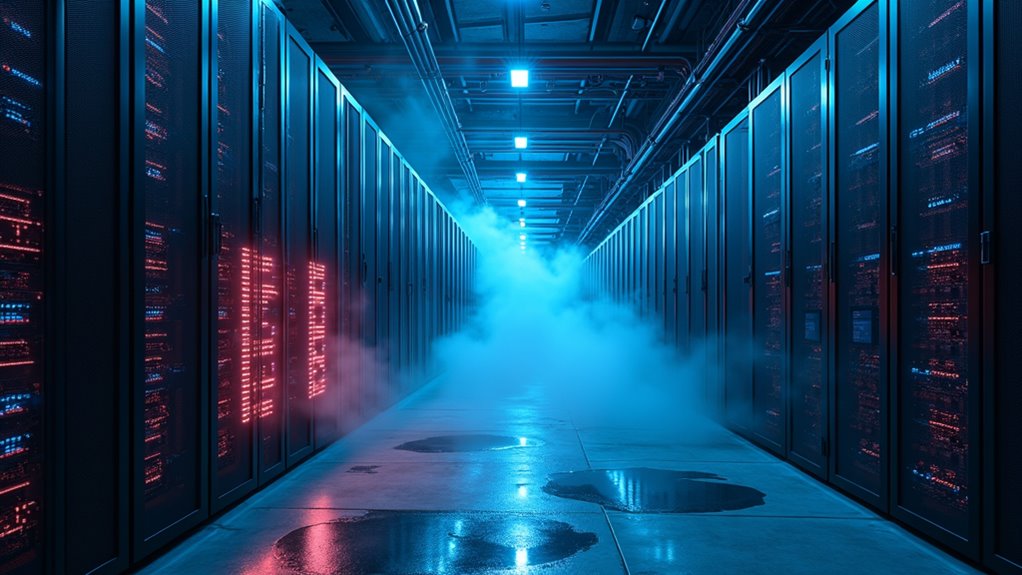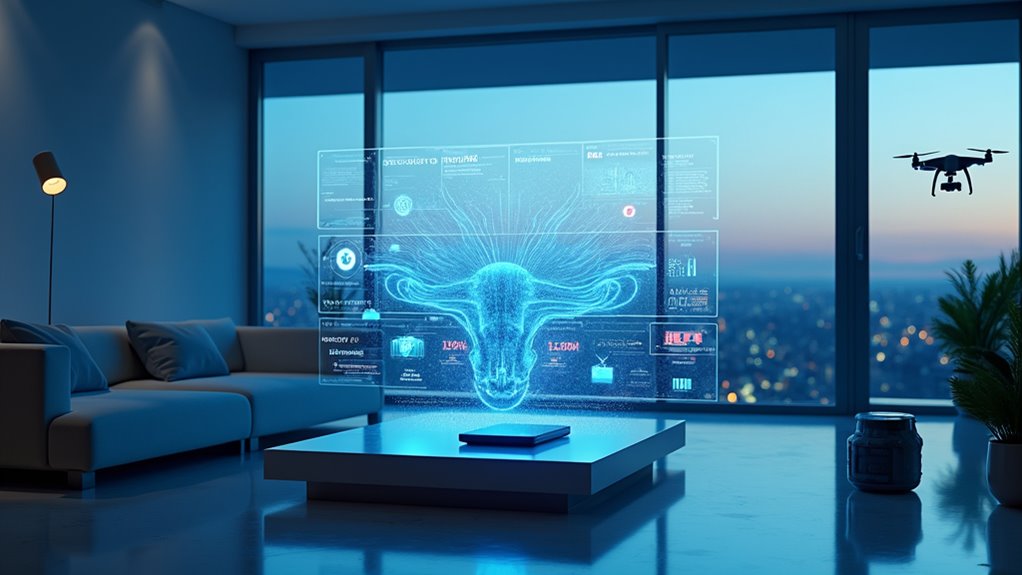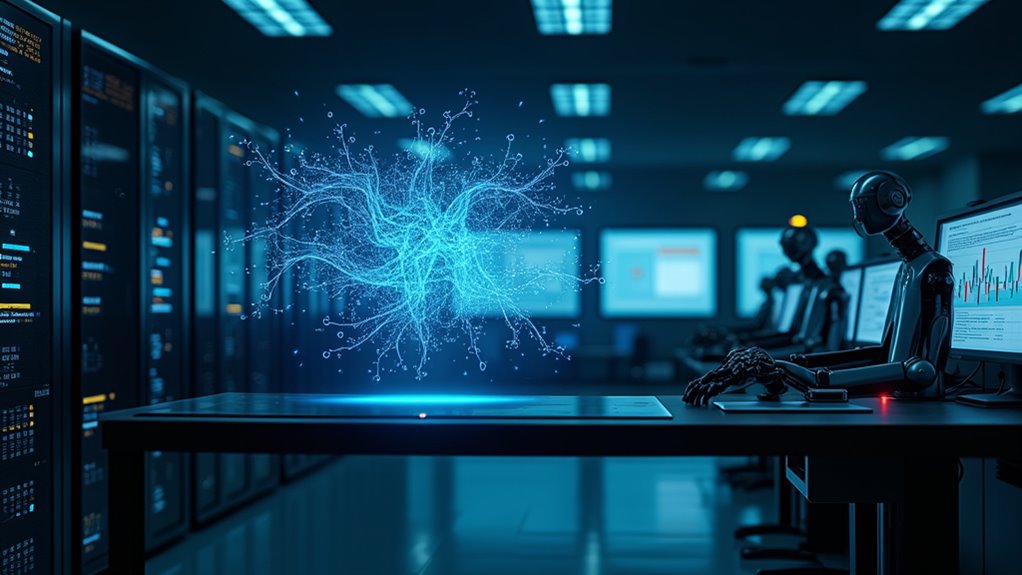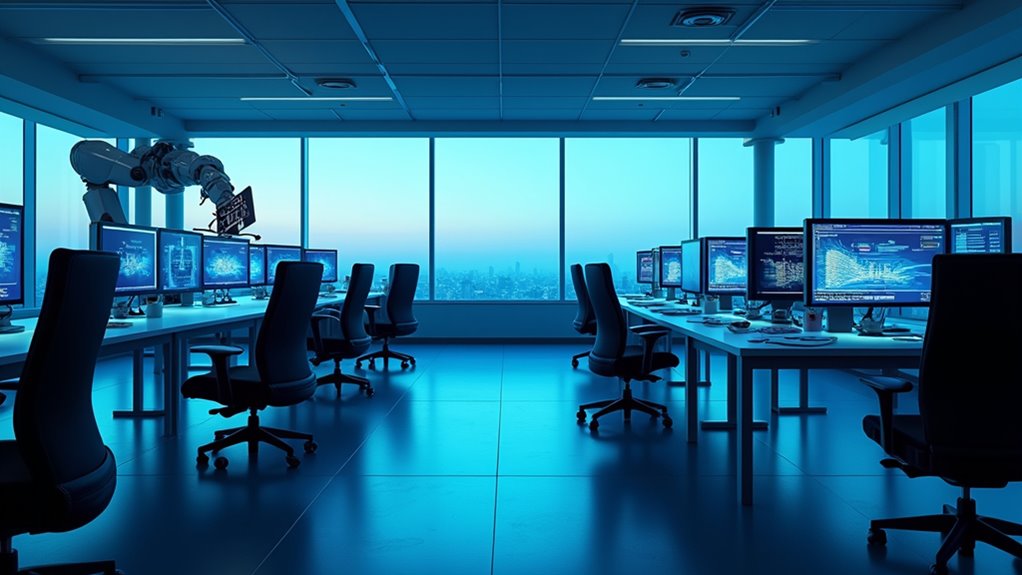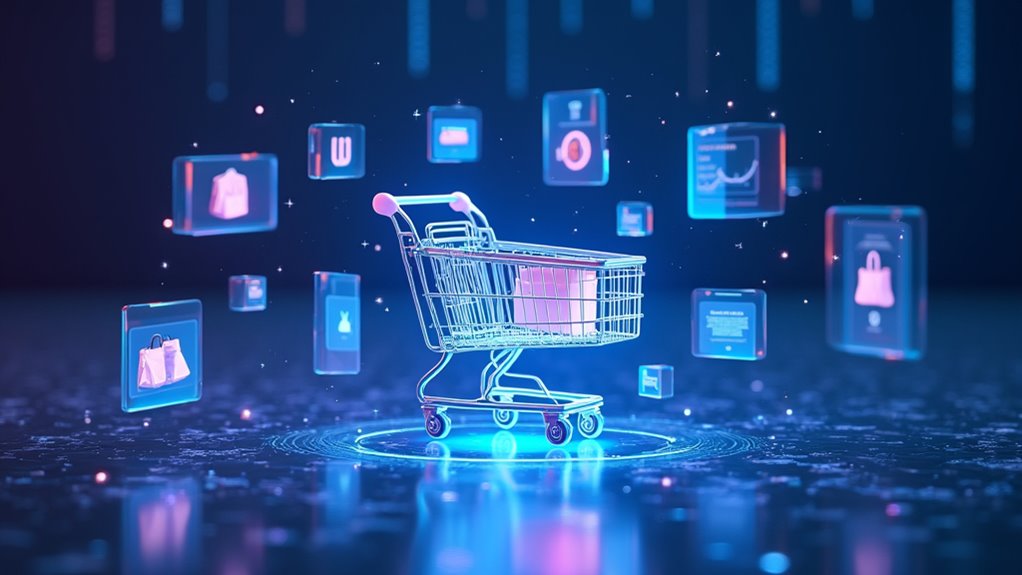Object detection is computer vision‘s superpower – enabling machines to spot and identify multiple items in real-time, just like humans. Through deep learning algorithms and neural networks, systems can now recognize patterns, classify objects, and pinpoint their exact locations. From catching porch pirates to helping self-driving cars avoid pedestrians, this technology is revolutionizing industries like security, healthcare, and manufacturing. The capabilities keep expanding, with new breakthroughs pushing the boundaries of what’s possible.
The future of machine vision is here, and it’s scanning everything in sight. Object detection, a cornerstone of computer vision technology, is revolutionizing how machines perceive and understand their environment. Just like humans can instantly spot a cat lounging on a sofa or a car speeding down the street, machines are now doing the same thing – only faster and sometimes more accurately.
Machine vision now sees like we do, but cranks it up to superhuman levels of speed and precision.
Let’s face it: computers are getting creepily good at identifying stuff. This isn’t just about spotting single objects anymore. Modern object detection systems can identify multiple items simultaneously, pinpoint their exact locations, and classify them in real-time. Think of it as giving computers superhuman vision powers, minus the cape and tights. These systems form the foundation for downstream vision tasks like image segmentation and captioning.
From security cameras catching porch pirates to self-driving cars avoiding pedestrians, this technology is everywhere. And yes, it’s probably watching you right now. The real magic happens under the hood, where deep learning algorithms like YOLO (You Only Look Once) and SSD (Single Shot Detector) do the heavy lifting. The Microsoft COCO dataset serves as the gold standard for evaluating detection models and their accuracy.
These aren’t your grandmother’s computer programs – they’re sophisticated neural networks that learn from massive datasets and can process images faster than you can say “artificial intelligence.” The old days of manually programming computers to recognize specific features are gone. Good riddance. Through extensive training on labeled datasets, these systems continuously refine their pattern recognition capabilities.
Today’s object detection systems rely heavily on convolutional neural networks (CNNs) that automatically learn to identify patterns and features. It’s like teaching a computer to see, except instead of years of human development, it just needs tons of labeled data and some serious computing power.
Medical imaging? Check. Manufacturing quality control? You bet. Sports analytics? Absolutely. The applications are endless, and they’re getting smarter every day. Interestingly, we’re now seeing the emergence of zero-shot models that can detect objects they’ve never been explicitly trained to recognize.
Just give them a text description, and off they go. It’s almost like they’re reading our minds – almost. The technology isn’t perfect yet, but it’s getting there. And fast.


